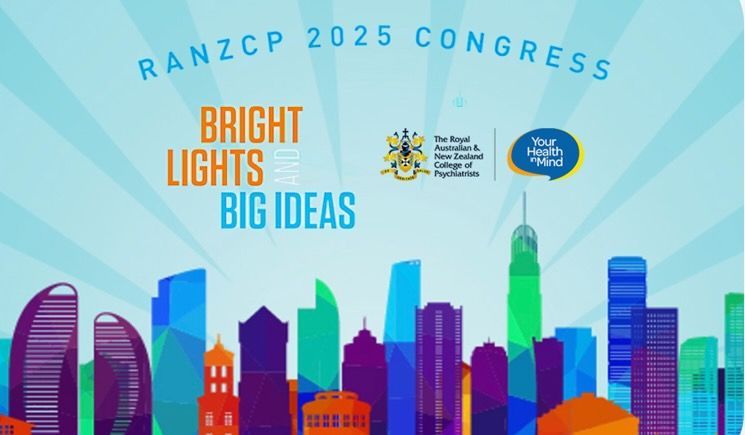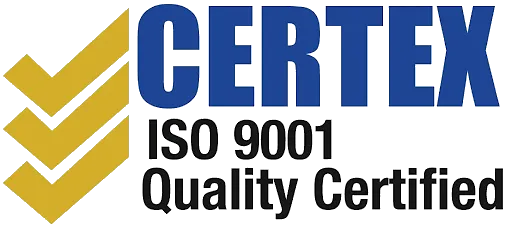The Expedited Specialist Pathway: Promises vs. Reality Background: What AHPRA Promised
Background: What AHPRA Promised
AHPRA introduced the Expedited Specialist Pathway (ESP) on 21 October 2024, aimed at specialist international medical graduates (SIMGs) from jurisdictions with comparable training systems—initially focusing on General Practitioners (GPs), with anaesthesia, psychiatry, and obstetrics & gynaecology added by December 2024 (ahpra.gov.au).
It was marketed as a faster alternative to traditional specialist pathways, aiming for:
- Application assessment in 4–6 weeks
- Full registration and practice commencement within 4–6 months
- Lower costs, less duplication, and a streamlined process
But has it delivered?
Where It’s Falling Short
1. Fewer Doctors Registered Than Expected
As of May 2025, just 127 SIMGs had been registered under the pathway—out of 251 applications received. This includes:
- 125 GPs
- 1 anaesthetist
- 1 psychiatrist
This implies that roughly 50% of applicants are still waiting for registration—a significant lag behind expectations. (RACGP NewsGP)
2. Documentation & Verification Delays
While the promise was quick turnaround after submitting a "complete" application, in practice, many applications remain incomplete for weeks or months due to documentation issues.
One major hurdle is:
AHPRA requesting further evidence of training, particularly when the doctor's basic training was partially completed outside the UK.
This training may not be recorded on the General Medical Council (GMC) certificate, forcing doctors to go back and retrieve transcripts or evidence from countries where:
- English is not the first language
- Medical documentation standards differ
- Institutions may be unresponsive or slow
As a result, applicants can face significant delays even before the official 4–6-week processing window begins.
3. Delays in Supervision Planning & Job Approval
Another common stumbling block is securing an approved supervised practice role. AHPRA requires a compliant job offer, nominated supervisor, and a formal supervision plan, all approved before registration is granted.
But in many regions, especially rural or public health settings, employers are unfamiliar with the process or slow to provide the required paperwork. This adds further delays, pushing registration well beyond the ideal 6-month window.
4. Concerns from Medical Colleges
The ESP has also drawn criticism from major Australian medical colleges:
- RACGP, ANZCA, and others have voiced concerns about the lack of Fellowship requirements, warning that doctors may enter practice without comprehensive assessment of their skills or familiarity with Australian health systems.
- Some have even called for the program to be paused, citing risks to patient safety and doctor support.
These concerns have led to confusion among SIMGs, many of whom are unsure whether to proceed via the new ESP or the traditional college pathway.
Summary: A Mixed Picture
What Was Promised
What’s Happening in Practice
4–6 week processing
Often delayed due to incomplete applications and document requests
4–6 month full registration
50%+ of applicants still waiting after 6 months
Lower cost, less red tape
True, but at the cost of reduced oversight from medical colleges
Simpler documentation
Delays occur when training outside the UK isn’t listed on GMC docs
Job + supervision plan approval assumed fast
In reality, this step can take weeks to months
Final Thoughts
The Expedited Specialist Pathway has opened new doors for international doctors, but its rollout hasn’t lived up to the speed and simplicity it promised.
Key takeaways:
- Registration delays often stem from missing training evidence, especially for doctors with multi-country education histories.
- Workplace and supervision plan approvals are a major chokepoint.
- Medical colleges’ concerns may shape the future of the pathway.
For SIMGs, the key is to start early, anticipate delays, and ensure that training evidence from all countries is available and translated, even if not explicitly listed by the GMC.









